The boating industry is seeing a technological revolution in the form of next-generation marine communication standards like NMEA 2000 (N2K) and the upcoming NMEA OneNet.
Transitioning from the traditional NMEA 0183 standard, these advancements are elevating boating into a more integrated, faster, and ultimately safer endeavor.
NMEA 2000: A Quick Overview
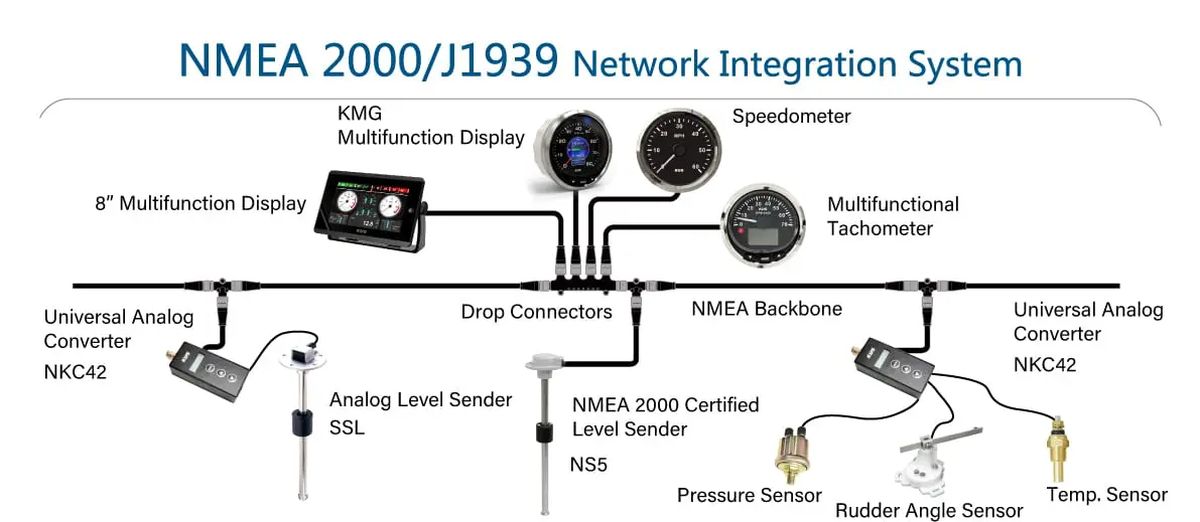
The NMEA 2K is a substantial upgrade from its predecessor, NMEA 0183, both in speed and networking capabilities. Operating at 250 kilobits-per-second, it’s about 100 times faster than the 4,800 baud of NMEA 0183.
Unlike the older standard, N2K networks utilize a central backbone cable to which various sensors and displays are attached. This backbone serves a dual purpose: powering most instruments and carrying data.
The system is plug-and-play and allows bi-directional data flow to ensure compatibility and eliminate the talker/listener distinction seen in NMEA 0183 systems.
Benefits
- Integration and Compatibility – Instruments can easily share and display information. N2K employs Controller Area Network Bus (CAN Bus) technology, allowing vital engine information to be included in the data stream.
- Speed and Efficiency – Faster data transmission means quicker, more accurate readings, enabling better decision-making and navigation.
- Multi-Directional Communication – Every connected instrument can both send and receive information, making it easier to set up multi-functional displays that aggregate data from various sources.
Challenges
Despite its benefits, there are some drawbacks to consider which are as follows:
- Cost – N2K-compatible instruments are pricier, and the cabling itself isn’t cheap. The advanced system may also tempt you to add more sensors than you might actually need.
- Dependency – A fault in the N2K backbone can cause a complete communication breakdown among all connected instruments. This vulnerability underscores the importance of system redundancy and backup.
The Future: NMEA OneNet
On the horizon is NMEA OneNet, a standard that utilizes Ethernet cables to deliver speeds up to 40,000 times faster than N2K and greater bandwidth. OneNet is not intended to replace N2K but to complement it, likely ushering in a new era of computer-crossover applications for boating.
Conclusion
While the transition to advanced standards like NMEA 2000 and NMEA OneNet comes with both rewards and risks, they undeniably represent the future of marine communication.
As technology continues to evolve, boaters will find themselves better equipped than ever, sailing in a world that’s not just more connected but also more secure and efficient.
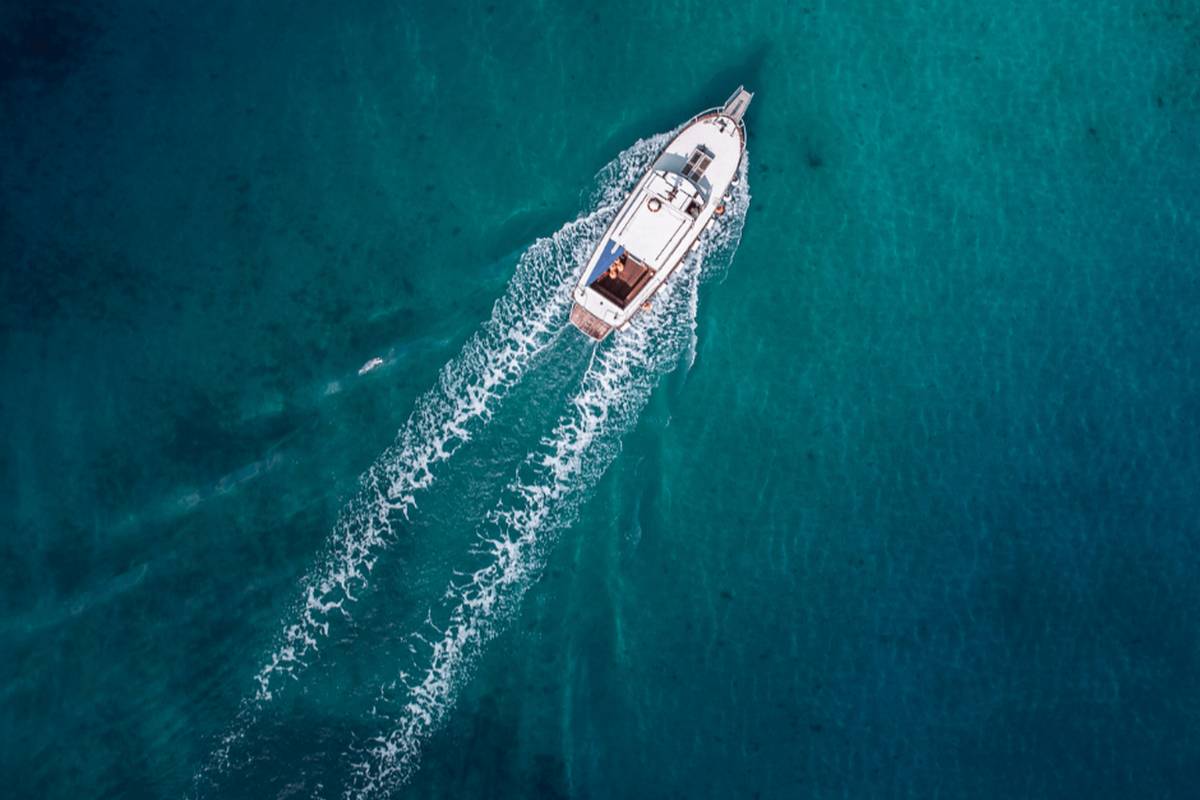

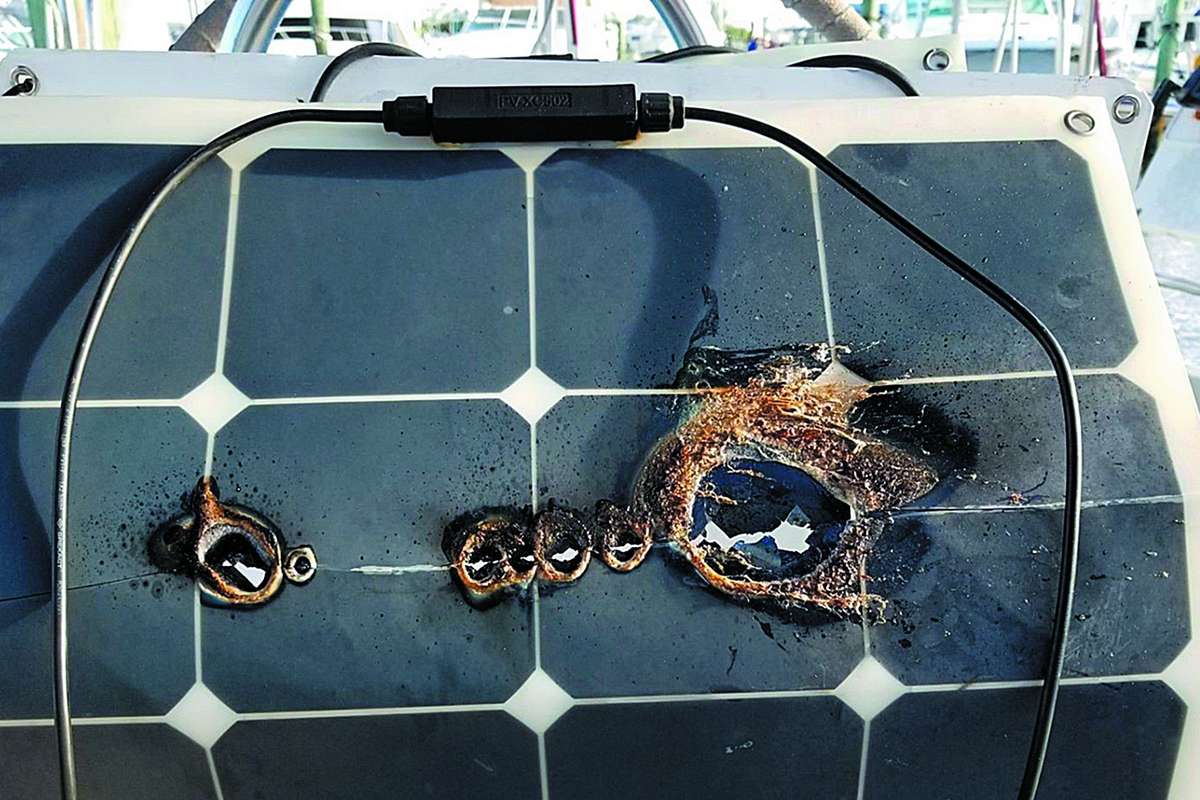
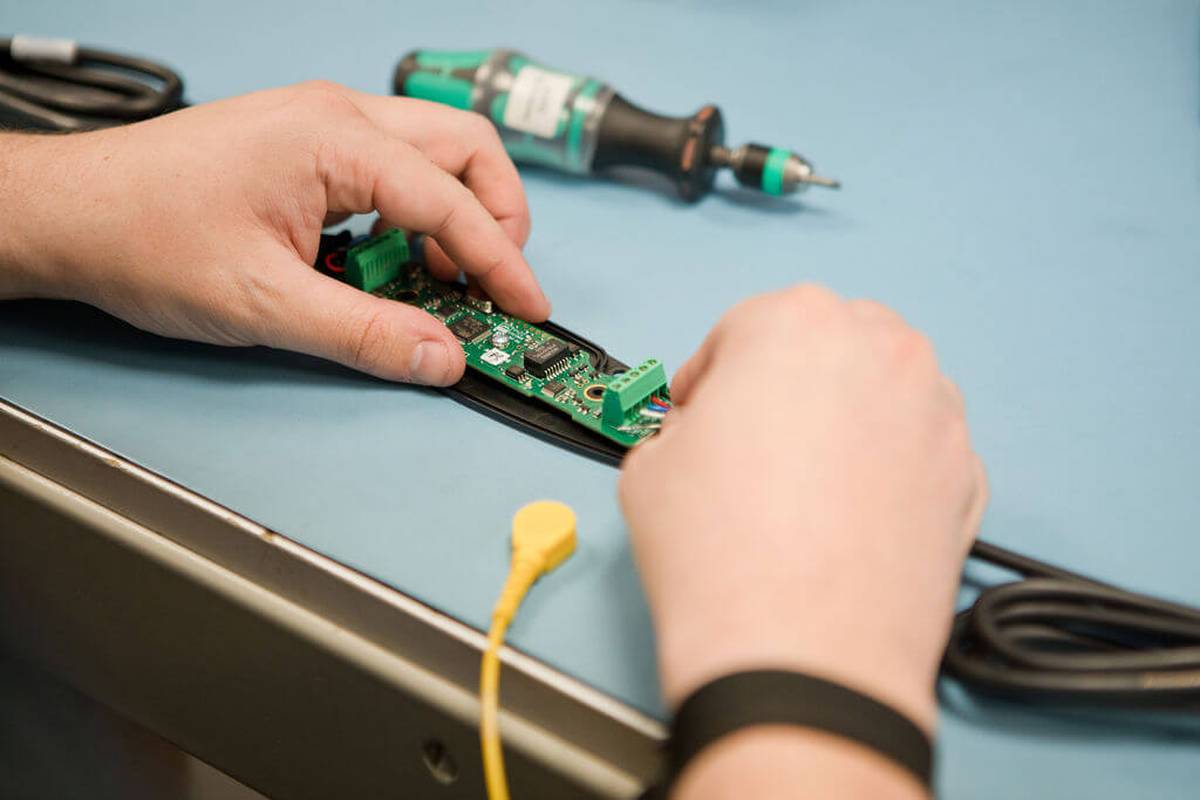
Leave a Reply